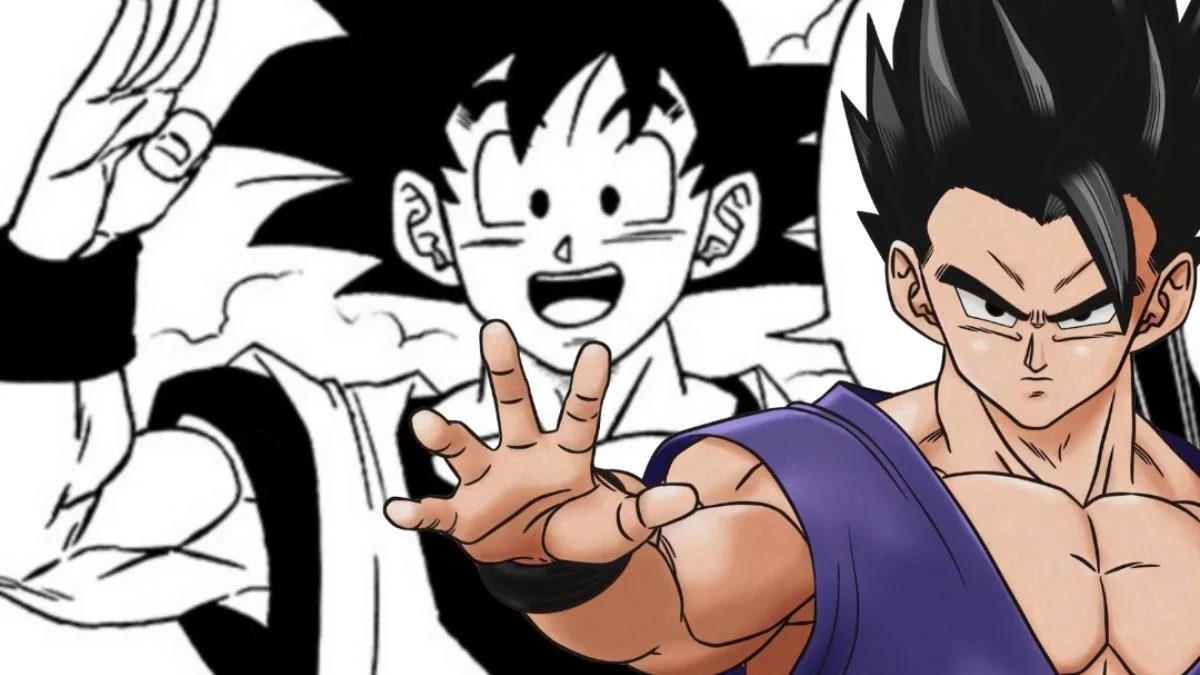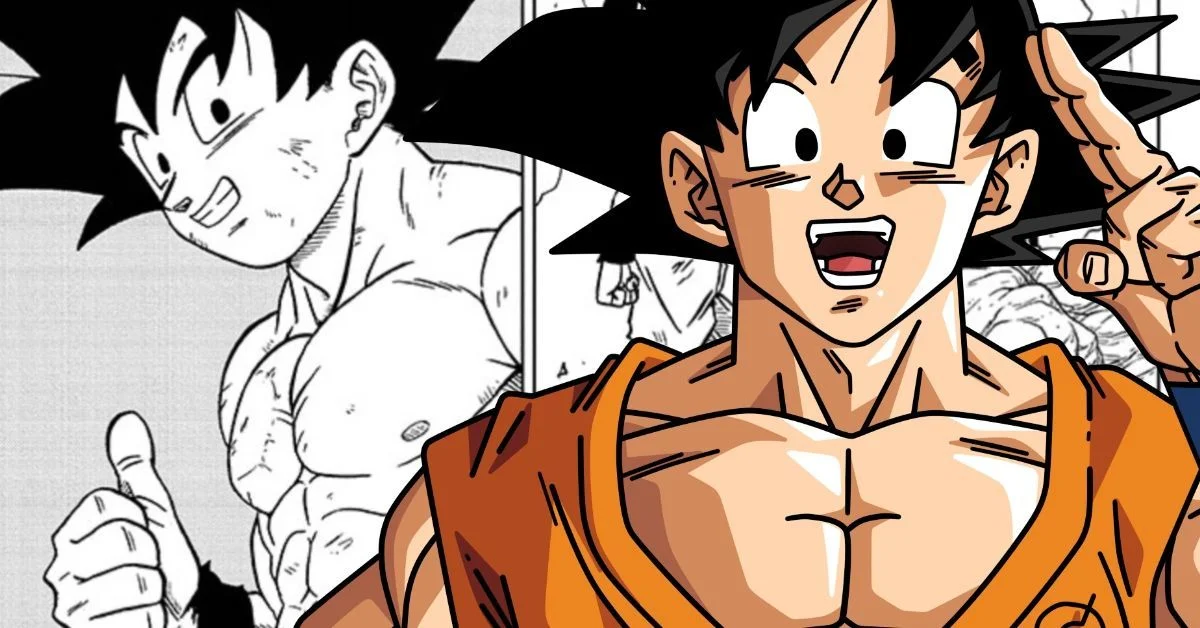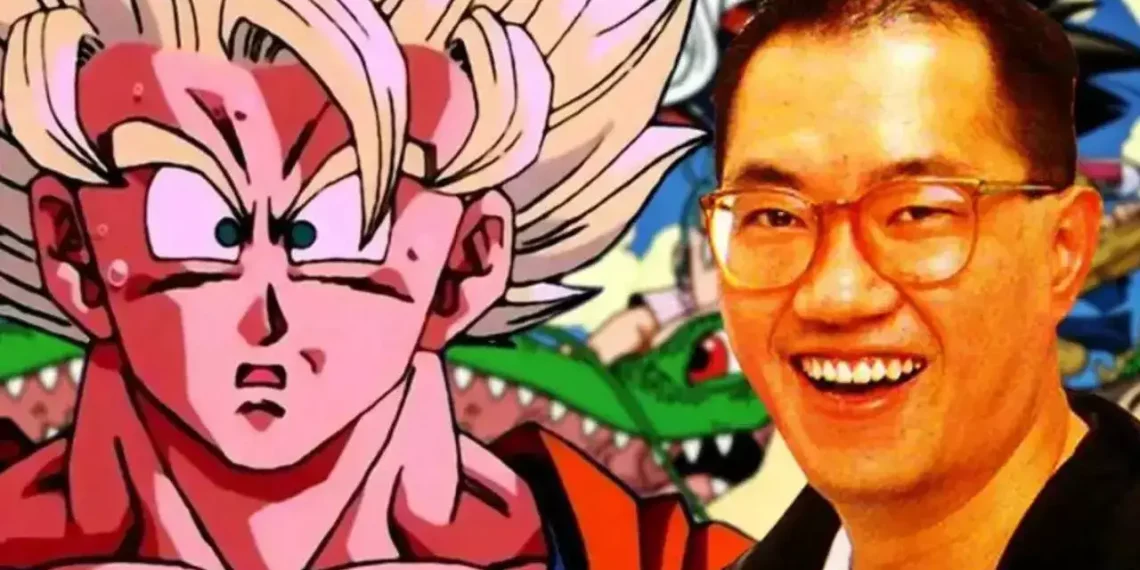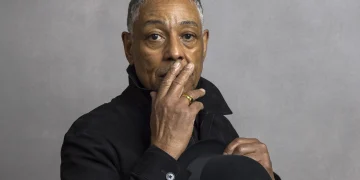Dragon Ball GT has long been one of the most divisive chapters in the franchise. Now, over two decades after its debut, fans are learning the full story behind its creation. In a new interview between former Dragon Ball manga editors, translated by X/Twitter user @Venixys, Fuyuto Takeda reveals how GT came from behind-the-scenes panic as Dragon Ball Z neared its end.
According to Takeda, future Fuji TV president Kenji Shimizu was adamant during the production of the final episodes of Z: “Dragon Ball can’t end. It just can’t.” This desperation led to long discussions between the editorial team and TV executives. The outcome was Dragon Ball GT, a continuation born more from necessity than inspiration.
The Pressure Cooker Behind GT’s Creation

As Takeda recalls, there was a consistent uncertainty about when Dragon Ball Z would truly end. The manga’s conclusion left broadcasters and editors scrambling. Unlike most titles, Dragon Ball had no set production ceiling. This gave Toei time to maneuver, but as the manga wrapped up, it became clear that action had to be taken quickly.
The birth of Dragon Ball GT
🧵14/n pic.twitter.com/ZkiiZo68xp
— Enomis (@Venixys) March 24, 2025
The result was GT. Toei needed a new pitch, and Takeda reveals the “GT” in the title was not a cryptic apology to Toriyama, as many fans believed. It simply meant Gran Turismo, a reference to endurance racing. The series was intended to be a lengthy voyage — metaphorically and literally — that would keep the franchise running.
Toriyama may not have overseen the project directly, but he contributed the idea of a space-travel story and approved the name GT. That same sense of wide-eyed adventure and the transformation of Goku into a child, often criticized at the time, has since resurfaced in Dragon Ball Daima, showing how foundational the GT concept truly was.
The Legacy Of Dragon Ball GT Today

When GT first aired, fans were quick to voice disappointment. The lack of Toriyama’s direct storytelling, inconsistent power scaling, and tonal shifts alienated many longtime viewers. Yet time has softened that judgment. Some fans now consider GT’s ending one of the best in the franchise. Others appreciate the maturity and emotional finality it brought.
This softened reception is especially clear in how audiences embraced Dragon Ball Daima, which pulled heavily from GT’s visual themes and narrative setup. The shift in sentiment reveals how GT’s reputation has evolved — from failure to cult favorite.
It’s poetic, then, that in the wake of Akira Toriyama’s passing, the once-unstoppable Dragon Ball machine has paused. With Super on indefinite hiatus and Daima concluded, the franchise stands at a crossroads once again. Back when GT was born, the idea that Dragon Ball could stop was unthinkable. Today, the series rests in a moment of reflection, perhaps for the first time since its explosive rise.
For better or worse, GT emerged from a moment of urgency, but its legacy proves that sometimes even desperate creation can leave a lasting impact.





